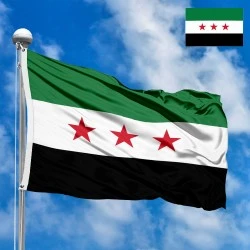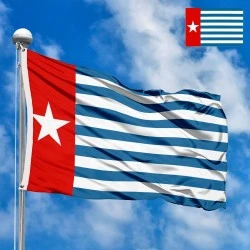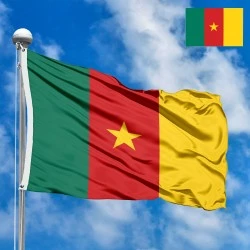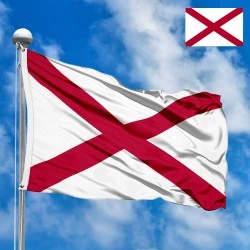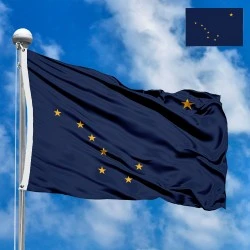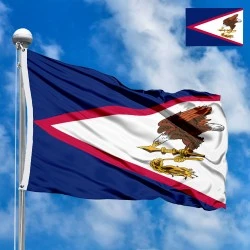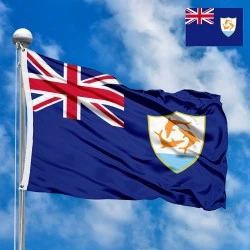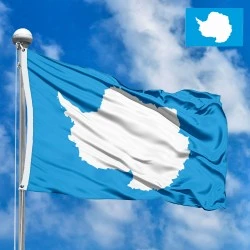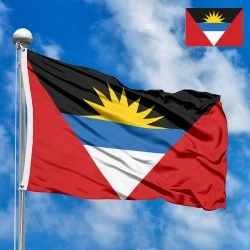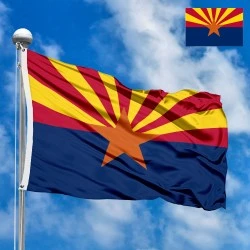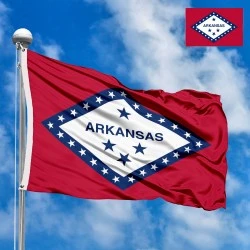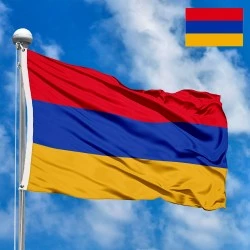- All Flags
- Flags of Countries by Continent
-
Flags of Organizations
- Flags of UN countries
- Flags of the European Union countries
- Flags of NATO countries
- Flags of the countries of the Organization of Islamic Cooperation
- Flags of the countries of the Organization of American States
- Flags of the Arab League countries
- Flags of the African Union countries
- Flags of the countries of the Union of South American Nations
- Flags of the Commonwealth of Nations
- Flags of the countries of the Secretariat of the Pacific Community
- Flags of the Nordic Council countries
- Flags of the Caribbean Community
- Flags of the countries of the Association of Southeast Asian Nations
- Flags of the East African Community
- Flags of the countries of the Organization of Turkic States
- LGBT Community Flags
- Historical Flags
- Ethnic Flags
- Flags of the USA (states)
Description
The national flag of Syria, in use from 1980 until late 2024, served as a prominent emblem of the Syrian Arab Republic during a significant period of its modern history. This flag, deeply rooted in Pan-Arab ideology, symbolized the nation's commitment to Arab unity, freedom, and the principles championed by the Ba'ath Party. Its design reflects aspirations that date back to the formation of the United Arab Republic.
Design and Dimensions
The Syrian flag (1980-2024) featured a horizontal tricolor of black, white, and red stripes, with the top and bottom stripes (black and red, respectively) being of equal width, and the central white stripe being the same width. Centered on the white stripe were two green five-pointed stars. The standard proportions for this flag were typically 2:3 (height to width), a common ratio for many national flags. This clear and bold design aimed to evoke a sense of strength and historical continuity.
Symbolism of the Colors and Stars
The colors and elements of this flag carried significant symbolism, largely derived from Pan-Arab nationalism:
-
Red: This color represented the blood shed for freedom and revolution, symbolizing courage, struggle, and sacrifice. It is also historically associated with the Hashemite dynasty, which played a role in the Arab Revolt against Ottoman rule.
-
White: The white stripe symbolized purity, peace, and brightness. Historically, it can also be linked to the Umayyad Caliphate, which had its capital in Damascus. In a modern context, it embodied the nation's aspirations for a clear and hopeful future.
-
Black: The black stripe represented oppression and darkness of the past, particularly referring to the era of foreign domination (Ottoman and colonial rule). Historically, it is also associated with the Abbasid Caliphate. Its presence signifies the end of subjugation and the dawn of a new era.
-
Green Stars: The two green five-pointed stars were the most specific symbol. They originally represented Syria and Egypt as the two constituent states of the short-lived United Arab Republic (UAR), formed in 1958. Even after the UAR dissolved in 1961, Syria readopted this flag to emphasize its enduring commitment to Pan-Arab unity and the revival of the UAR ideals. Green itself is a traditional color in Islamic symbolism, associated with prosperity, hope, and often with the Rashidun Caliphate or Fatimid dynasty.
A Journey Through History: Creation and Adoption
The flag of Syria (1980-2024) has a complex history, being a re-adoption of a previous design. Syria adopted its first independent flag in 1932 under the French Mandate, which was a green-white-black tricolor with three red stars. After gaining full independence, Syria experimented with several flags.
The flag with the black-white-red tricolor and two green stars was first introduced on February 22, 1958, when Syria and Egypt formally merged to form the United Arab Republic (UAR). This flag was specifically designed to represent the two united nations. Although the UAR dissolved in 1961, Egypt continued to use this flag, and Syria adopted a different flag with three stars (representing the UAR and Iraq).
However, in a move to reaffirm its Pan-Arab and Ba'athist principles, the Syrian Arab Republic officially re-adopted the 1958 UAR flag on March 29, 1980. This re-adoption under the rule of Hafez al-Assad solidified its place as the national flag for over four decades, reflecting the government's strong emphasis on Arab nationalism and unity, mirroring the aspirations of its ruling Ba'ath Party. It remained in use through periods of significant regional and internal challenges, becoming widely associated with the government in power during that timeframe.
Significance for the Inhabitants
For a large segment of the Syrian population during its period of use, this flag was a potent symbol of national sovereignty, steadfastness against external pressures, and the pursuit of Pan-Arab ideals. It represented the state's identity under the leadership of the Ba'ath Party and its commitment to a unified Arab world. For supporters of the government, it embodied national pride, stability, and resistance. However, for those who opposed the government, particularly during the later years of its use, it became a symbol of the regime itself rather than a unifying national emblem. Its meaning, therefore, became highly politicized over time, reflecting deep divisions within Syrian society.
Interesting Facts
-
Pan-Arab Colors: The combination of red, white, black, and green are known as the Pan-Arab colors, representing various Arab dynasties and historical periods. They are also featured on the flags of many other Arab nations (e.g., Egypt, Iraq, Yemen, Kuwait, Jordan).
-
Shared Design: The 1980-2024 Syrian flag was identical in design to the current flag of Yemen and very similar to the current flag of Egypt (which has the Eagle of Saladin instead of stars), highlighting the shared Pan-Arab aspirations.
-
Revival of UAR Symbolism: Its re-adoption in 1980 was a deliberate act to invoke the spirit of the United Arab Republic, even though the political union itself had failed decades prior. This underscored Syria's historical commitment to Pan-Arab unity.
-
Evolution of Syrian Flags: Syria has had several national flags throughout its history since gaining independence, each reflecting different political phases and alliances. This particular flag was the longest-serving one in its modern independent history until late 2024.
In the demonstration images, full-size flags are shown with proportions of 2:3, and hand-held flags with proportions of 1:2.
Donation
Download
Completely free for commercial and non-commercial use (public domain).
You can freely use them in your news magazines, websites, software, mobile applications.
We appreciate a backlink to https://flagssite.com
Raster files - Flag of Syria (1980-2024) (PNG, JPG)
 Waving flag
Waving flag
- PNG format (transparent background), 72dpi, dimensions in Pixels (px), aspect ratio 3:4.
- 15х20 px
- 30х40 px
- 60х80 px
- 120x160 px
- 240x320 px
 Sizes:
Sizes:
"v15" - image size (by height); if necessary, replace with available: v15, v30, v60, v120, v240.
!!! For resizing, use the Latin (eng) keyboard layout.
<img src="https://flagssite.com/flags/v15/20340.png" alt="Flag of Syria (1980-2024)">
 Round flag
Round flag
- PNG format (transparent background), 72dpi, dimensions in Pixels (px), aspect ratio 1:1.
"d15" - image size (diameter); if necessary, replace with available: d15, d30, d60, d120, d240.
!!! For resizing, use the Latin (eng) keyboard layout.
<img src="https://flagssite.com/flags/d15/20340.png" alt="Flag of Syria (1980-2024)">
 Rectangular flag 2:3
Rectangular flag 2:3
- JPG format, 72dpi, dimensions in Pixels (px), aspect ratio 2:3.
"h30" - image size (by height); if necessary, replace with available: h15, h30, h60, h120, h240, h360, h480.
!!! For resizing, use the Latin (eng) keyboard layout.
<img src="https://flagssite.com/flags/h30/20340.jpg" alt="Flag of Syria (1980-2024)">


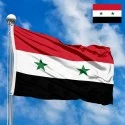



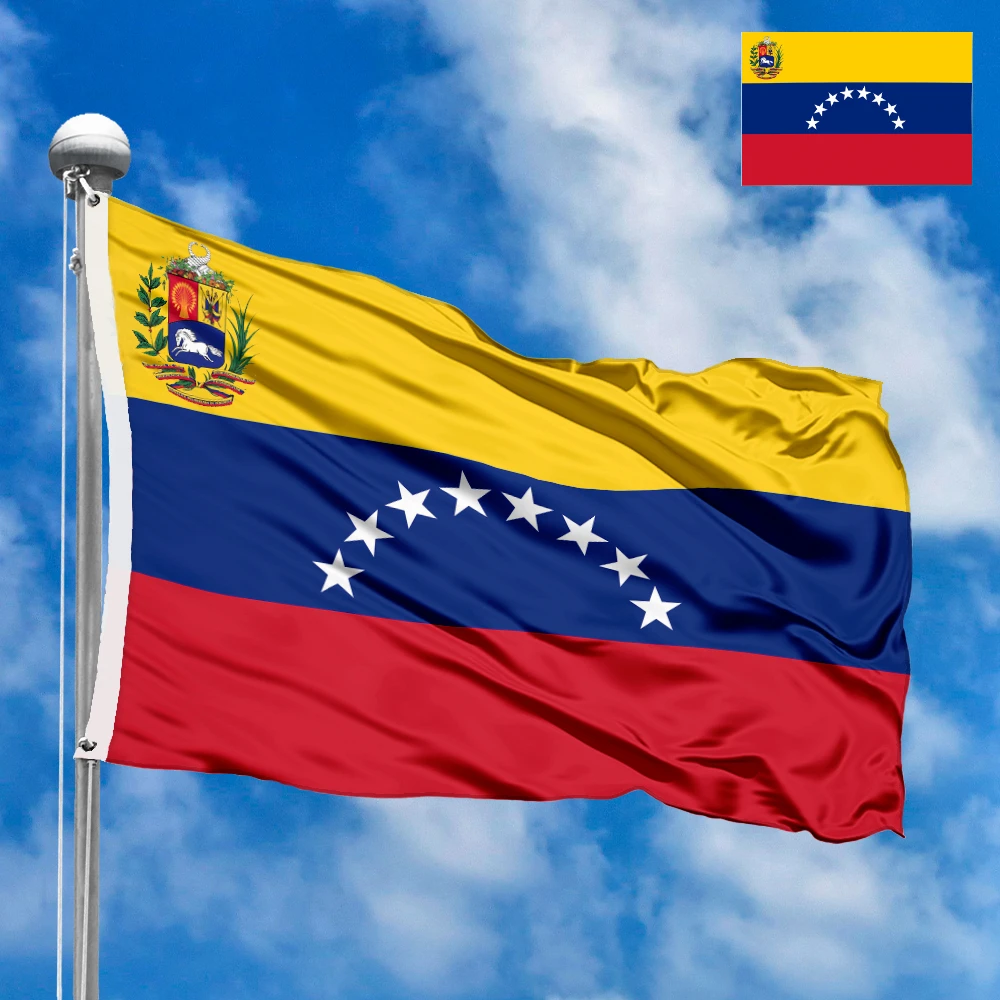

 Sizes:
Sizes:
 Sizes:
Sizes:
